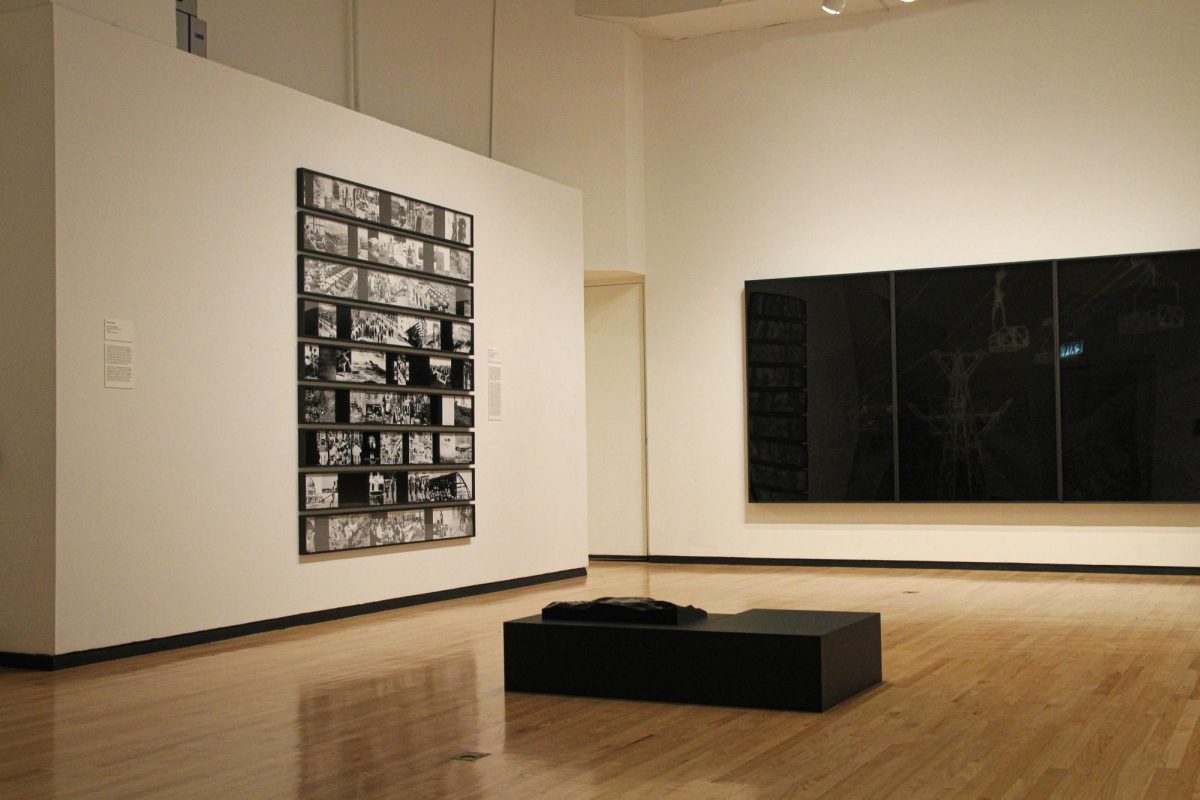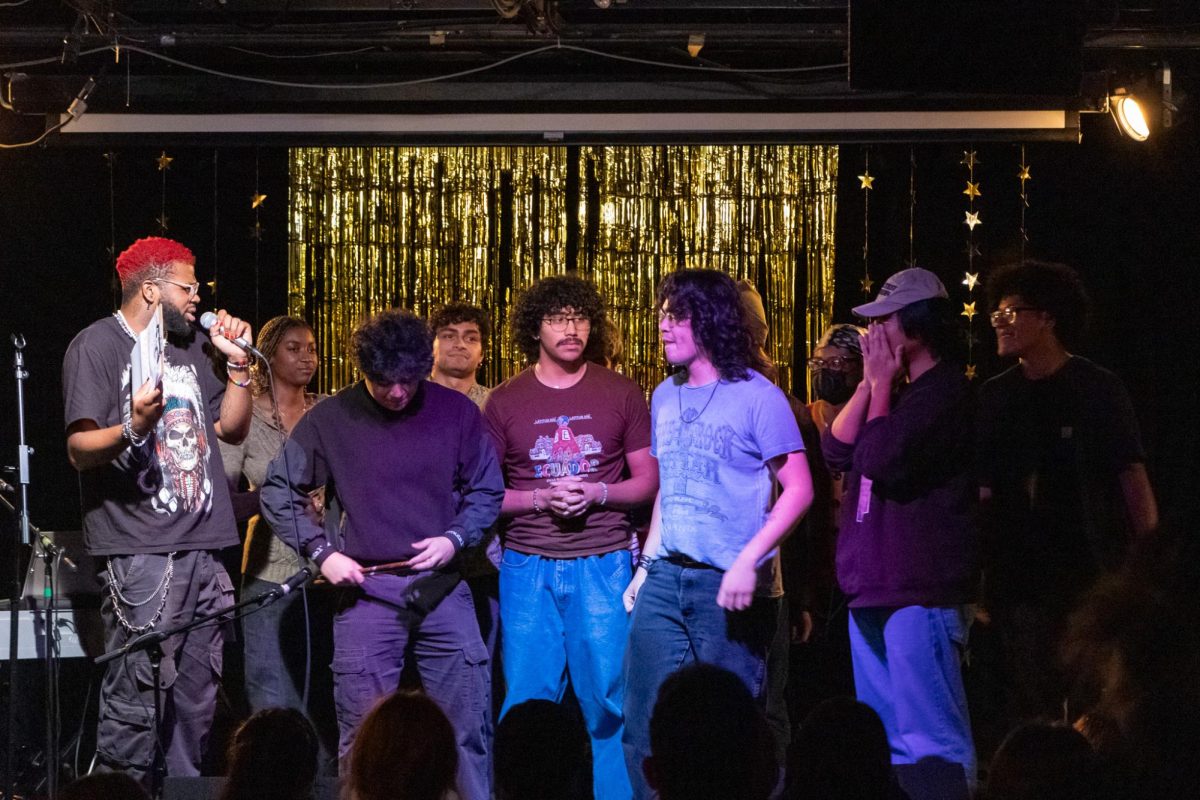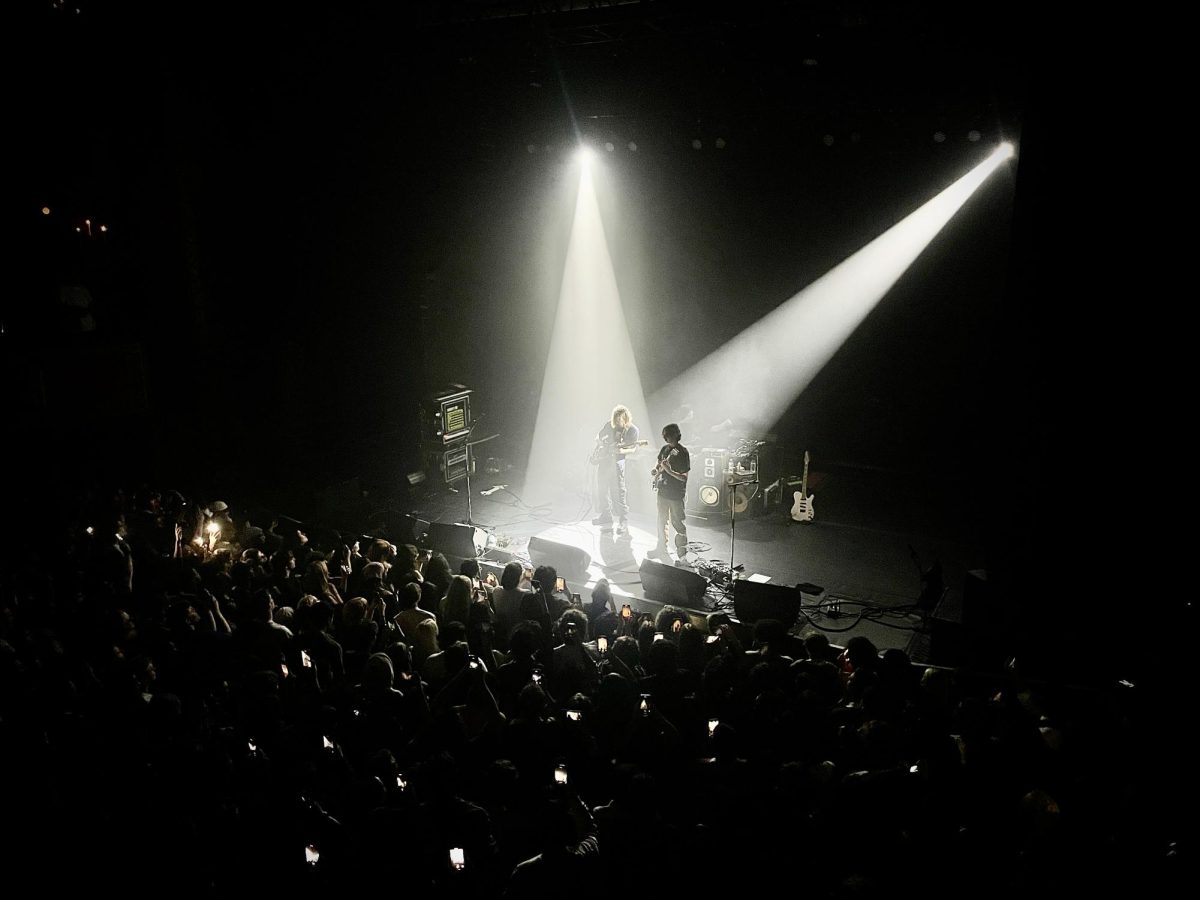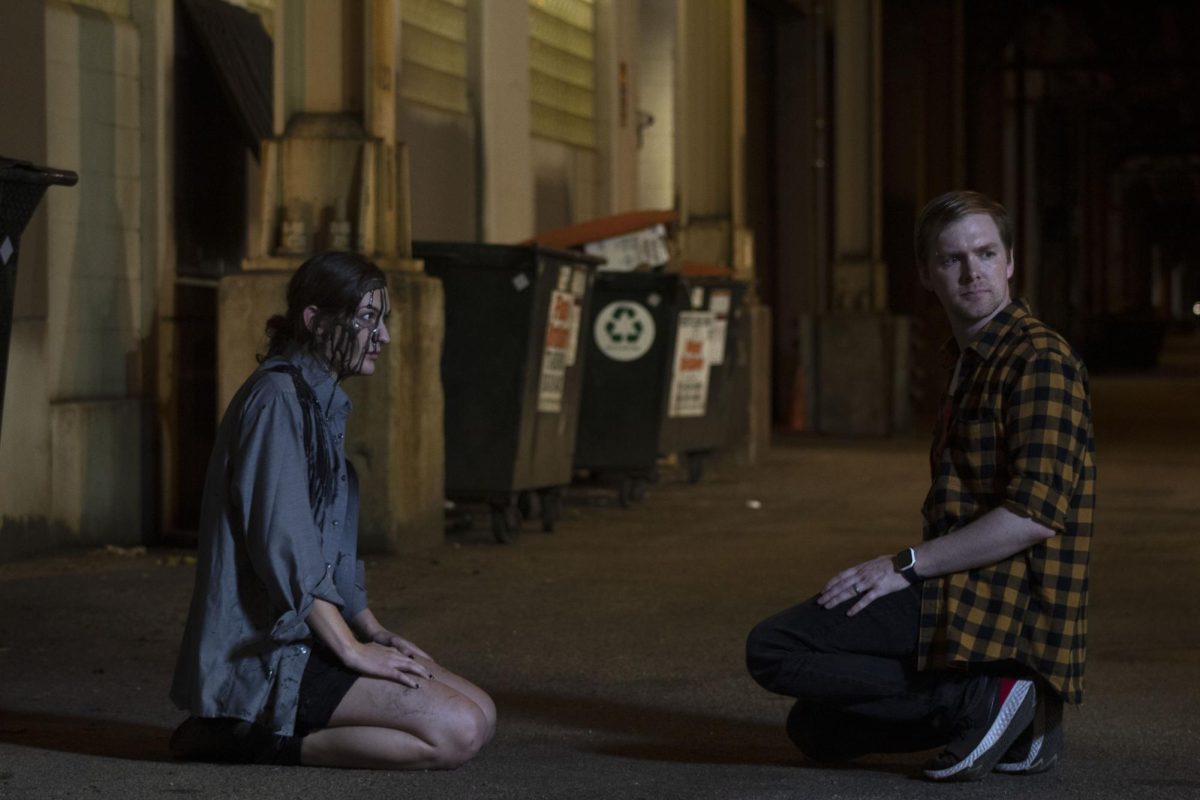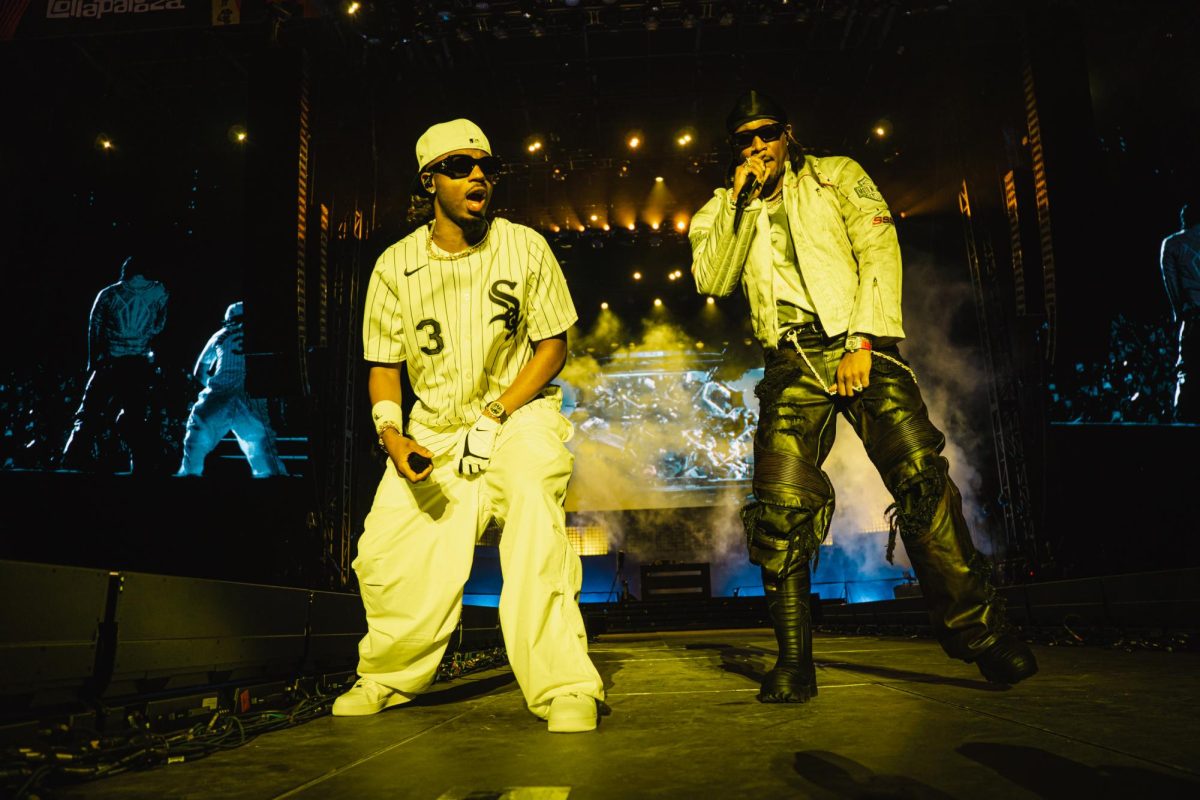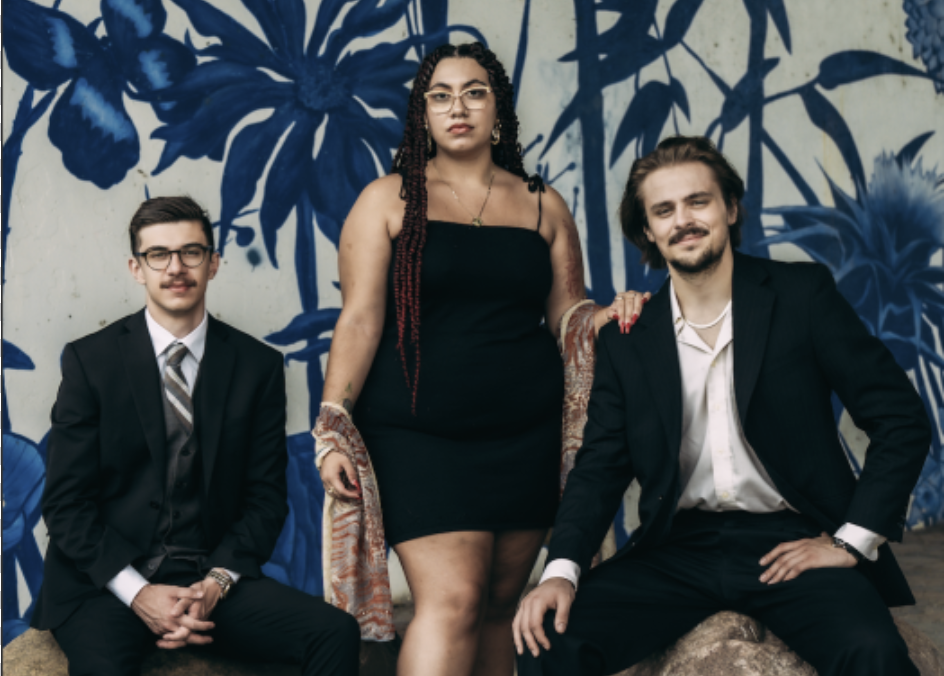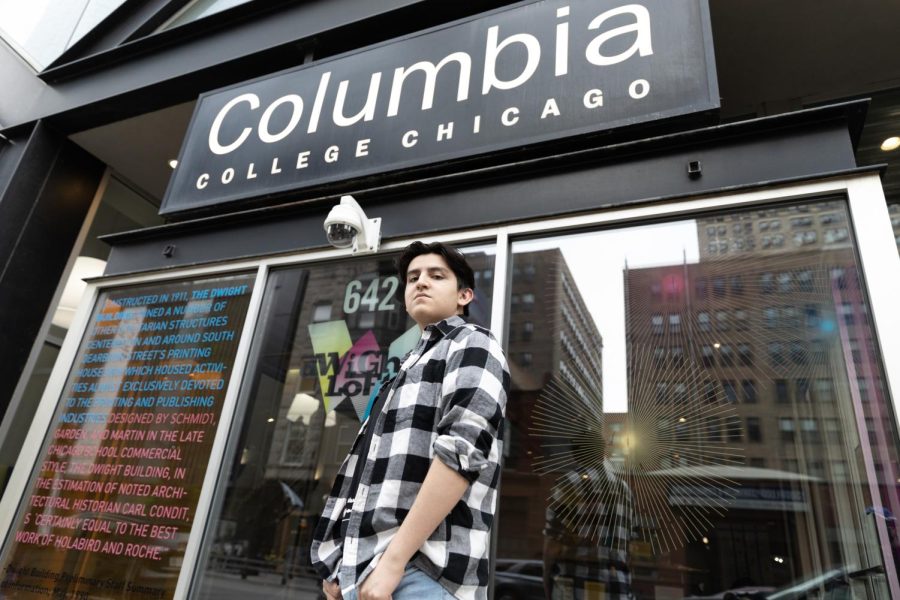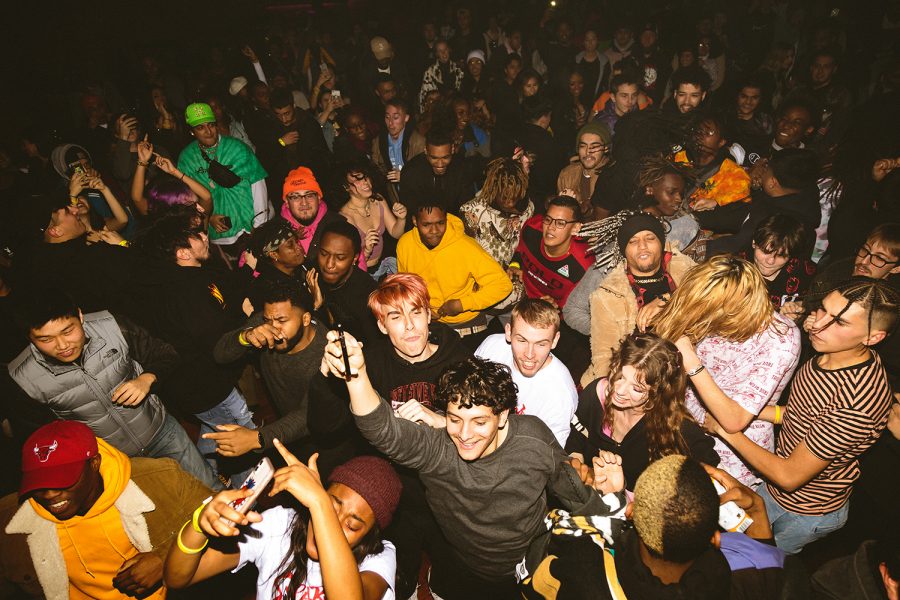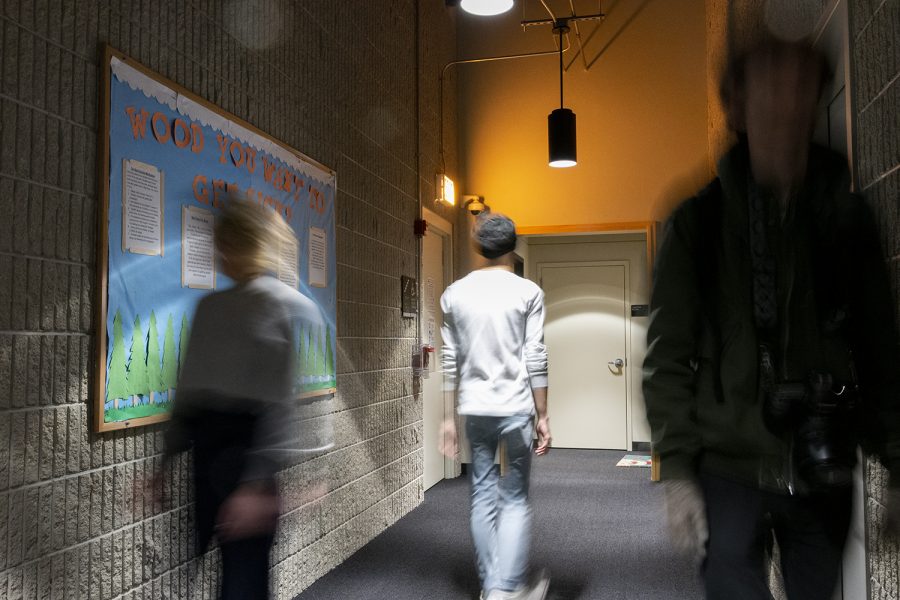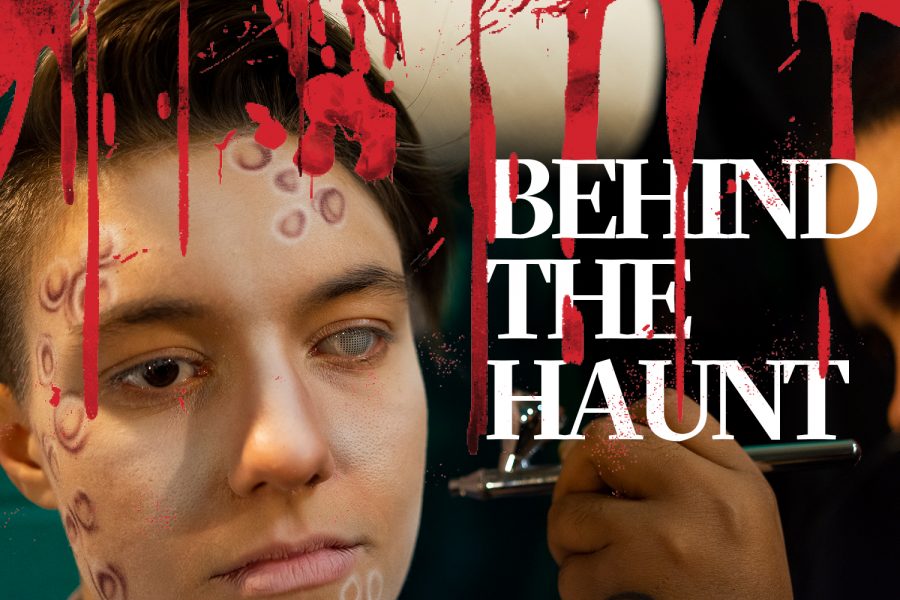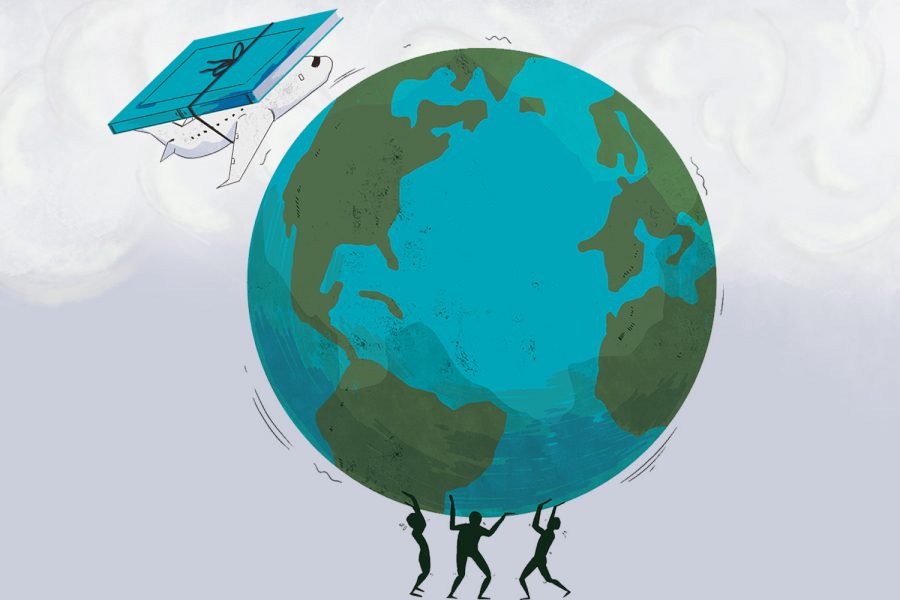A crumpled bag of Cheetos, some balled-up t-shirts and maybe a PlayStation. In the mess of a student’s dirty dorm room, one icon shines through the clutter: a concert poster from a favorite band.
“The concert poster represents a tangible connection to part of their identity,” said Dan MacAdam, illustrator and founder of Crosshair Silkscreen Printing and Design. “They can put it up in their room and display it to their friends and say, ‘This is part of me. This is an experience I had that I feel is important and defining.’”
Concert posters—better known as gig posters—are the monuments of rock ‘n’ roll. Famed rock impresario Bill Graham started the advertising art trend in the early ‘60s commissioning the iconic psychedelic Fillmore posters for a series of gigs by The Jefferson Airplane and many others at the Fillmore Auditorium in San Francisco.
“As the other kind of physical trappings of musical fanhood have fallen by the wayside, that thirst for a physical connection has remained, and that’s the void the concert poster fills,” MacAdam said.
Today, posters are displayed around the world, from white wall galleries to smoky college dorms as an expression of artistic taste and personality. Gig posters have taken on a life of their own, and the Windy City is at the forefront of this new identity, thanks to artists, such as Steve Walters, Dan Black and the Sonnenzimmer studio.
Today’s posters are more than advertisements—they are collector’s items. Now, gig posters are found in galleries like Galerie F, 2381 N. Milwaukee Ave., and Rotofugi, 2780 N. Lincoln Ave. Additionally, Flatstock, a poster series since 2002 that is presented by the American Poster Institute, showcases concert art from around the world at conventions and music festivals.
Chicago’s community of artists has become one of the world’s leaders in gig poster production. The city’s thriving music scene and local venues, including Metro and Lincoln Hall, make it a hotspot for a variety of illustrators. However, studios like Walters’ Screwball Press—one of the city’s most well-known design studios for these posters and a workshop for young poster illustrators—have amplified the city’s reputation as a hotbed for this art form.
“It’s really grown into something I never would’ve thought would last when I started out,” Walters said. “I didn’t think I’d be doing this 25 years later when I started.”
Walters, who is often referred to as the godfather of screen-printed rock ‘n’ roll posters, has taught some of the country’s top designers, including Jay Ryan of The Bird Machine and Jason Frederick, who designed for last year’s Pitchfork Music Festival.
Chicago’s gig poster art is a far cry from the old letter pressings of the ‘60s and explosive gaudiness of the ‘80s, when the art form’s illustrative quality decreased during the popularity of loud hair metal. However, to Black, a local illustrator and co-owner of Landland, the illustrative quality of gig posters resurged in the mid-‘90s with local designers like Frank Kozik and Ryan.
“Posters used to mean crazy neon colors with naked girls and s–t on fire,” Black said. “That was good for what it was. But where things really took off was with people like Jay Ryan and Aesthetic Apparatus—they brought a real design element to the art.”
Sonnenzimmer, a married duo composed of artists Nadine Nakanishi and Nick Butcher, is one of the city’s illustrative producers that has gained worldwide acclaim for its atypical design style.
The duo blends both members’ talents to make their abstract, typographically intriguing designs.
With Nakanishi’s background in typography and fine art design and Butcher’s background in formal printmaking illustration, both bring a fresh perspective to the art of gig poster design, with thanks to the Chicago poster artist community.
“This community is highly commercial, but also—in a weird way—anti-capitalistic,” Nakanishi said. “It doesn’t believe in monopoly of pricing. Everyone has a different price structure and is willing to share it. There is this weird anarchic trade going on.”
Gig poster illustration is also an entrance point into the music scene. Artists at times fell into poster illustration as a means to publicize a friend’s show or an upcoming gig of their own.
Scott Williams, a local designer and founder of Soul Summit Chicago, the monthly soul dance party at the Double Door, 1572 N. Milwaukee Ave., started making posters to promote his shows. The designs are still used as advertising, but the artistic aspect is personalized and unique, Williams said.
“It’s more than ‘Here is the show and the dates,’” Williams said. “It has more of an artistic slant to it. The gig poster artist [portrays] their interpretation of the band from a visual perspective.”
Ryan Duggan, a 2005 art + design alumnus and founder of Drug Factory Press, said some posters are still used for publicity, but today’s designs are mostly considered as souvenirs of a memorable show.
“Back then, [gig posters] truly were just for advertising purposes,” Duggan said. “This era of posters is still for advertising, but sometimes the poster won’t even get put up and will just be sold at the merch table.”
Not everybody is a fan of the new generation of posters. Jacob Grossi, a collector of classic gig posters and operator of ConcertPosterArt.com, said he longs for the days when he could walk down the street and see a poster dangling in the wind.
“I have an issue with producing concert posters and not putting them on the street,” Grossi said. “The point of the originals was to grab people on the street and expose the culture to part of what these bands were saying and what the concert poster artist was saying by showing it to the public at large, rather than to a little group of collectors.”
Bands of Wilco’s or My Morning Jacket’s stature make a profit from gig posters. Smaller local bands usually end up failing to break even, though.
Mat Biscan, bassist in local Chicago band Fake Limbs, worked with several artists, including Duggan, on a gig poster for a November 2013 show at The Hideout, 1354 W. Wabansia Ave. He said the posters are a big part of promoting bands, but young bands struggle to make a profit.
“We’ll get 50 posters printed and get 15 or 20 of them to put up and have 30 left to sell,” Biscan said. “But we have a large collection of posters because we don’t get to sell them often. Every poster we’ve made, we still have 10–20 left. So we still haven’t made our money back.”
The gig poster community is popular in the indie and alternative rock scenes, but posters have never been able to break away from those genres.
“I wish there were an audience for these designs with rap [and other] music,” Black said. “It’s really a matter of having the fans trained to expect that kind of merchandise. [Landland has] done country music posters, which was a huge obstacle because the fan base there is used to seeing the guy’s face really big on the poster, which is not really our territory.”
Advances in technology have also revolutionized gig poster art, making many purists grind their teeth.
Screenprinting has been widely regarded as an analog, handmade art form. With the introduction of advanced computer applications and Wacom tablets, purists of the art form are critical that the newer generation of artists are losing the gritty style of past illustration methods.
However, Walters said the newer technology is just a part of the industry’s growth, and artists should learn to adapt.
“There [are] definitely a lot fewer people now who work by hand and cut Rubyliths and actually draw on film,” Walters said. “I don’t have anything against people who use computers to design. It’s just another tool. There’s a lot of people who complain about it because there’s bad computer design, but there’s also a lot of bad paintings out there. There are hacks in every walk of life and people who take the tools and create amazing things.”
Frank Okay, a former Columbia art + design student from 2005–2011, said he used to be a purist but is more tolerant of new techniques.
“I’ve grown to attach myself to the final product,” Okay said. “I’ll always love seeing the prints on my wall and seeing the ink sitting on them. But, I couldn’t go back to being a purist. There is a craft in being able to manipulate software—even if technically it’s a bunch of code you’re moving around.”
However, if an illustrator has talent, the creativity comes through regardless of these tools.
“The city has a huge self-publishing aspect to it, from poetry to comics to gig posters,” Nakanishi said. “It’s a bigger cultural vortex in Chicago that enables this scene to thrive, and it’s supported by individual people. There is a sort of [an] Americana, folk appreciation of these art forms that is readily supported by individuals—otherwise it wouldn’t exist. I think that’s really special.”
Black said the community is collaborative, with members willing to bounce ideas off each other. He said the Midwest’s work ethic plays a big role in why Chicago is a hotbed for the scene.
“When you spend six months out of the year trapped inside, you’ve just been bred to take care of the job in front of you,” Black said. “People in Chicago work super hard and it’s impressive and inspiring. On any given day, we’re all at work and it’s really exciting to just be a part of the community.”
The city’s physical nature and history of printmaking is one of the reasons Nakanishi believes artists come to the city.
“If you do media art, you will probably have a good time in [Los Angeles],” Nakanishi said. “If you want to be a conceptual artist, go to New York. But if you’re a physical artist, Chicago’s your place.”


